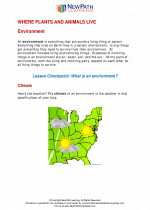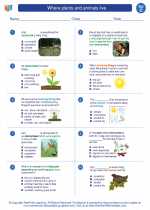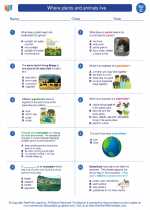Hurricanes
A hurricane is a powerful and destructive tropical storm that forms over warm ocean waters. It is characterized by strong winds, heavy rainfall, and storm surges. Hurricanes are also known as typhoons or cyclones, depending on the region where they occur.
Formation of Hurricanes
Hurricanes form when warm, moist air over the ocean rises and cools, creating an area of low pressure. As more warm air rises to fill the low pressure area, it creates a rotating system of clouds and winds. When the wind speeds reach 74 miles per hour or more, the storm is classified as a hurricane.
Structure of Hurricanes
A hurricane has a well-defined structure, with the eye at the center being the calmest part of the storm. Surrounding the eye is the eyewall, where the strongest winds and heaviest rainfall occur. The outer bands of the hurricane also bring strong winds and heavy rain.
Effects of Hurricanes
Hurricanes can cause widespread damage due to their strong winds, heavy rainfall, and storm surges. The high winds can uproot trees, damage buildings, and cause power outages. The heavy rainfall can lead to flooding, and storm surges can cause coastal areas to be inundated with water.
Staying Safe During a Hurricane
It is important to be prepared for a hurricane by having a plan in place and knowing evacuation routes. During a hurricane, it is safest to stay indoors and away from windows. After the storm passes, it is important to be cautious of flooding and downed power lines.
Study Guide
- What are the three main characteristics of a hurricane?
- Describe the formation of hurricanes.
- Explain the structure of a hurricane.
- What are the effects of hurricanes?
- What safety precautions should be taken during a hurricane?
◂Science Worksheets and Study Guides Third Grade. Where plants and animals live

 Worksheet/Answer key
Worksheet/Answer key
 Worksheet/Answer key
Worksheet/Answer key
 Worksheet/Answer key
Worksheet/Answer key
 Vocabulary/Answer key
Vocabulary/Answer key
 Vocabulary/Answer key
Vocabulary/Answer key
